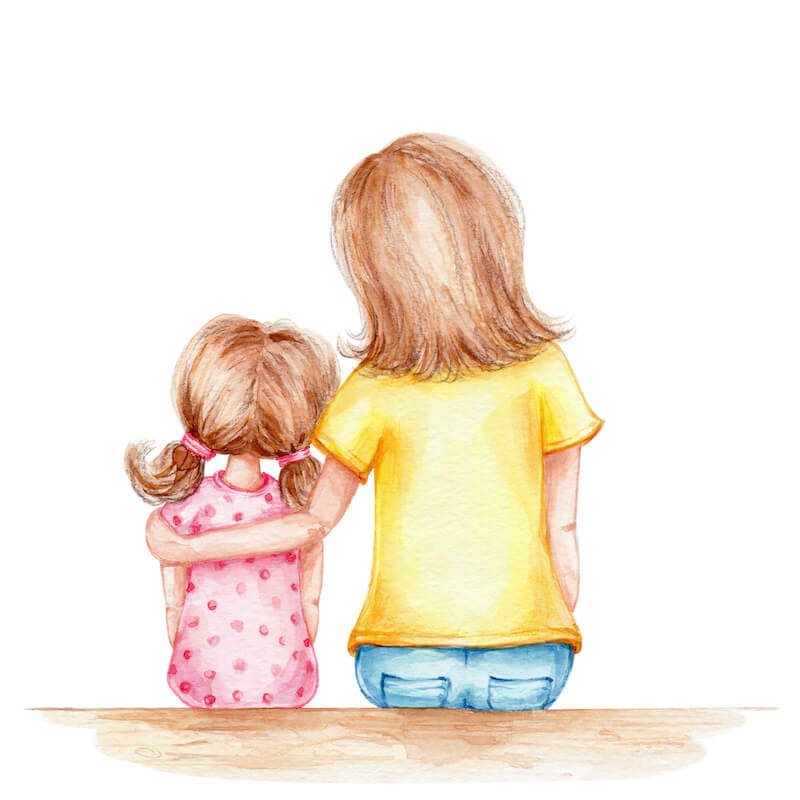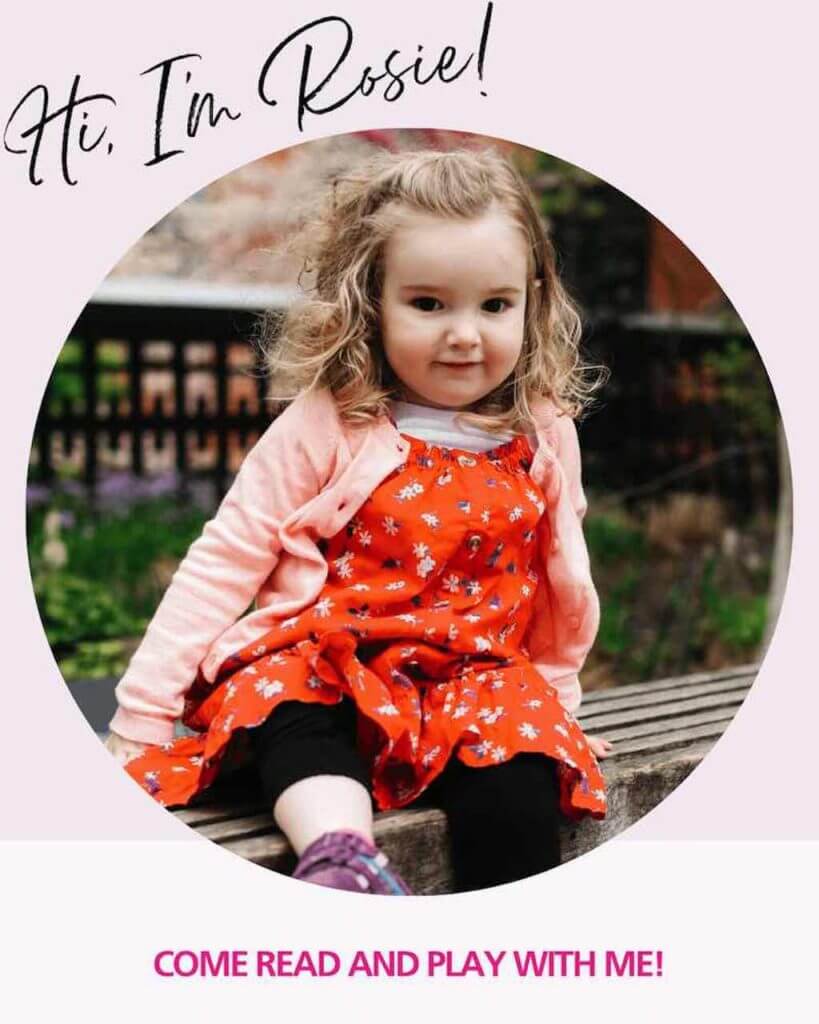
Did you know almost one in every 100 children have celiac disease? It’s actually one of the most common conditions in children. So, what do you do if you’ve just learned your child has celiac disease? How do you navigate school? Summer camp? Even routine playdates?
Well, first let’s make sure we’re on the same page:
What is celiac disease?
Celiac disease is an autoimmune disease and it’s genetic. If your child has celiac disease, it means their body doesn’t absorb nutrients from food the same ways that another child’s body usually does. Kids who have celiac disease cannot tolerate gluten, which is a protein found in all forms of wheat, rye, and barley.
Most people think that gluten is only found in foods but the reality is that gluten is used in many every day products – from lipstick and lotions to playdough and finger paints, and everything in between. Understandably, explaining to a small child that he or she has celiac disease is a daunting task. We turned to Vanessa Weisbrod, Director with the Celiac Disease Program at Boston Children’s Hospital for information. Ms. Weisbrod is also a board-certified nutritionist through the American Association of Drugless Practitioners and holds additional certificates in the practical applications of food allergy guidelines and nutritional analysis for federal school breakfast and lunch programs. (We wanted to make sure we asked everything you might want to know.)
How do you tell a preschooler they have Celiac disease?
“Every family does it differently,” says Weisbrod, whose son was diagnosed with celiac when he was 3 years old. “We told our son that food is our medicine and food is helping make us strong and we’re going to eat gluten-free foods so you can grow up strong.”
Weisbrod says the celiac diagnosis was a relief since she finally had a clear answer as to why her son was so sick. He was constantly suffering with diarrhea and vomiting. While he didn’t exactly understand what was happening, Weisbrod kept her messaging positive.
“There’s no drug for celiac disease, no medication they can take, no surgery they can have. Food is their medicine. Helping children to understand that is really important,” she explains.
How do you know if your child has celiac disease?
A child that’s just getting a celiac diagnosis will often have issues with growth. Celiac disease in children might present in a child as not growing at the same pace as their peers. They may be anemic or have stomach aches.
What are the symptoms of celiac disease?
There are lots of symptoms of celiac disease in children; more than 300! Most commonly, kids will have digestive issues, stomach aches, constipation or diarrhea, vomiting, abdominal pain, nausea, and fatigue. Poor weight gain and weight loss, and mouth ulcers are also quite common. As kids get a little older, there might be a delay in puberty, behavioral problems, headaches, or iron deficiency. “We don’t know exactly what causes celiac in kids,” reminds Weisbrod. “We do know there has to be combination of things: you have to have the genes, you have to be exposed to gluten, and you have to be eating gluten.” The two genes she’s referring to are HLA-DQ2 and HLA-DQ8.
At what age does a child develop celiac disease?
Celiac disease can develop at any age. Kids as young as 18-months old can be diagnosed as can someone who is 90. It’s not clear why, though it is clear it affects all ages, races, and genders. Unlike some other ailments, one cannot outgrow celiac disease. Celiac is genetic and tends to run in families, If your child is diagnosed, Weisbrod says it’s important that you’re screened for the disease, along with siblings and other family members.
How do you treat celiac disease in a preschooler?
There’s only one treatment for celiac disease right now (for any age), and it’s a gluten-free diet and avoiding products containing gluten.
What’s the most important advice for the PARENT of a small child that’s newly diagnosed with Celiac disease?
“This is forever. This isn’t just a one-week course of antibiotics,” stresses Weisbrod. “Take a deep breath then realize this is going to be a very big lifestyle change.”
Weisbrod says parents of celiac kids have to pay attention every single time their child puts something in their mouth to make sure it’s gluten-free. She also stresses that its’ important to remain positive.
“This is going to affect your kid at school, summer camp, birthday parties, when they go to grandma and grandpa’s house,” explains Weisbrod. She urges parents to think longer term and to teach kids early on how to advocate for themselves.
Start by joining a support group. Boston Children’s Hospital has one called the Celiac Kids Connection. It’s a group for parents of kids of all ages. There are peer mentors, parent activities, and a lot of families helping other families. Almost every hospital with a celiac program attached to it has a support group. Weisbrod suggests you find your people and to try to stick with a group that’s affiliated with hospital to get the most accurate information.
She also suggests you tell your friends, so they can support your child too. When Weisbrod’s son was diagnosed with celiac disease she let all of her friends know so they would be aware and form part of his community of advocates. “If my son is going to a birthday party and there’s pizza I’ll call ahead and see if it’s possible to have a slice of gluten-free pizza or a gluten-free cupcake. I also keep a stock of gluten-free cupcakes in my freezer and if I’m going to a party I always take something to make sure he has something.”
If your child is gluten-free does your whole household have to be gluten-free too?
“That’s a very personal choice,” says Weisbrod. “Every family makes a different decision.”
Obviously if you are able to have a complete gluten-free kitchen, you don’t have to worry about cross-contamination of gluten products and foods versus non-gluten. If you have a shared kitchen, you’ll need to keep gluten-free items stored separately and wash your hands and space constantly… but a shared kitchen isn’t a problem and lots of people do it this way.
What’s the most important advice for the CHILD that’s newly diagnosed with celiac disease?
Little kids need to get comfortable telling a teacher that they need to eat gluten-free food, or need to use the bathroom, or that they’re not feeling well. While Celiac disease in children is common, it’s not uncommon for kids to have apprehension about enlisting a teacher’s help, especially at first.
Weisbrod says the most important part of managing celiac disease with kids is for the kids to be an active part of their management. “They’re going to live with this for the rest of their lives. Help them to advocate their celiac disease as early as they can.”
She suggests taking you child with you to the grocery store and letting them be a part of the shopping experience. “ I think a lot of parents are afraid of taking kids to grocery store because it can be a hassle but it helps expose them to lots of different types of foods and let’s them see lots of things are possible.”
“Get kids into the kitchen too.” It takes kids lots and lots of tries until they like things, she says. “Have them try it again and have them try it in different ways: different brands, different gluten-free products, different breads, different graham crackers, different bagels, and keep at it until you find the ones they really enjoy.”
It’s also very important to get your child into a support group. “It’s not just sitting around talking about feelings. In our group, we pair an older kid with celiac with a younger kid. It helps them to share their experience,” says Weisbrod. The Celiac Kids Connection also has monthly story time where stories about food and advocacy help kids hone their skills and cooking classes get them excited. Children as young as 2 can benefit though even smaller children come as well. Membership is open to all families in the United States via www.celiackidsconnection.org.
Any other advice for families navigating celiac disease for the first time?
“I think it’s important to set up a 504 Plan for your child at school,” says Weisbrod. If you’re not familiar with a 504 Plan yet, it’s like a road map for how your child’s school will accommodate their disability and create a situation that sets them up for academic success. She says this is crucial for celiac students because teachers need to be aware that your child cannot play with usual traditional playdough or string together macaroni necklaces with run of the mill pasta, for example. It also means the school must provide a gluten-free lunch for your child.
Any other resources for celiac families?
There are many, many, many, helpful resources on the Boston Children’s Hospital Celiac Disease Program website, including: a pdf on recommendations for managing celiac disease in learning environments and a comic book for kids called Amy Goes Gluten-Free: A Young Person’s Guide to Celiac Disease. The book is packed with pages of colorful pictures, nutrition information and activities. It provides tips and advice for how to go gluten-free in a fun storyline that makes you into a gluten-free detective. If you’re interested in receiving a copy, please reach out to celiac@childrens.harvard.edu.
ROSIE READER found DIY gluten-free recipes for playdough and DIY gluten-free finger paints and created activities for each. We also reviewed the book, I’m a Gluten-Sniffing Service Dog, written by Michal Baby and illustrated by Ela Smietanka.
SEE the gluten-free playdough activity with recipe for DIY gluten-free play dough
SEE gluten free finger paint with recipe to DIY gluten free fingerpaint
We hope you find this to be a valuable resource of celiac disease in children. If you have a celiac resource you’d to share, drop us a line!
